INTRODUCTION
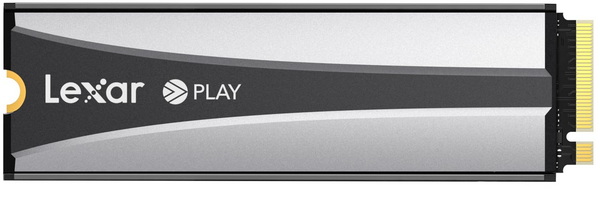
It may not have happened many times in the past but there have been occasions when parts of the electronics market have felt rather slow and this is more or less what's been happening with SSD releases right now. Yes, we've seen some new models lately but nowhere near what we used to see in the past, on top of that add the fact that Gen5 SSDs have yet to appear in large numbers and well, I was hoping 2025 would start with the introduction of numerous models. The Play 2280 line of Gen4 PCIe M.2 NVMe SSDs was unveiled by Lexar last year and since many of you came forward asking of me to check it out today with me, I have the 4TB capacity model.
For more than 25 years, Lexar has been trusted as a leading global brand of memory solutions. Our award-winning lineup includes memory cards, USB Flash Drives, card readers, solid-state drives, and DRAM. With so many options, it’s easy to find the right Lexar solution to fit your needs.
The Lexar Play 2280 Gen4 M.2 NVMe SSD line is currently available in 2/4/8TB capacities, features a low-profile (10mm) heatspreader designed for use with the PS5 and is based on the DRAM-less MAP1602-F3C 12nm quad-channel (R5) NVMe 2.0 NAND flash controller by MaXio (although it's once again used as v1.4) which Lexar has paired with YMTC's 232-Layer 3D TLC NAND flash. The MAP1602 12nm quad-channel NAND controller by MaXio also packs quite a few features including advanced wear leveling algorithms, Host Memory Buffer (HMB) architecture (uses a fraction of your PC's system memory to cache mapping tables), pseudo SLC cache, bad block management strategy, hardware error-correction, L1.2 ultra-low power state and sudden power-loss protection, TRIM, NCQ, hardware support for AES256/SM4 encryption and support for TCG OPAL2.0. Finally Lexar covers the Play Gen4 M.2 NVMe SSD line with a 5-year limited warranty and in terms of durability they report a TBW of 1600 for the 2TB model, 3200 for the 4TB model and 6400 for the 8TB capacity model.
SPECIFICATIONS AND FEATURES

PACKAGING AND CONTENTS
Since this SSD is designed for use with the PS5 the box Lexar used is this time white and yes, it has their logo and a large product picture at the front.
At the rear we find several certifications, cut-out from where you can see the bottom/rear of the SSD, serial number and barcode and a sticker pointing to the DiskMaster software.
Along with the Play 2280 4TB inside the box you'll also find a mounting screw and the quick installation guide and warranty paper.
THE PLAY 2280 4TB
The aluminum heatspreader Lexar has placed on this SSD is 10mm in thickness and thus fits well even in the PS5.
Typically, at the base of the heatspreader we find a sticker with the capacity, serial number, barcode and several warnings and certifications.
This heatspreader is held in place with 4 screws so removing it is easy.
One side of the SSD has a thermal pad and a sticker on it whereas the other just has a thermal pad.
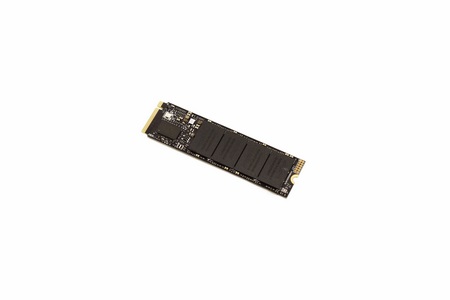
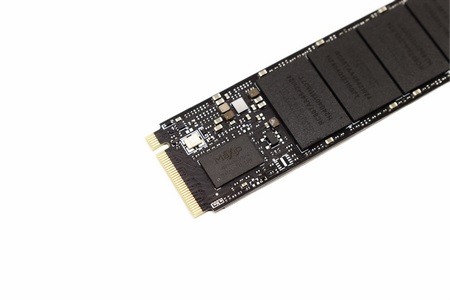
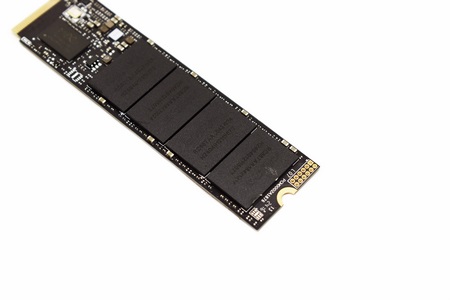 Under the sticker we find the DRAM-less MAP1602-F3C 12nm quad-channel (R5) NAND flash controller by MaXio and four YMTC's 232-Layer 3D TLC NAND flash modules.
Under the sticker we find the DRAM-less MAP1602-F3C 12nm quad-channel (R5) NAND flash controller by MaXio and four YMTC's 232-Layer 3D TLC NAND flash modules.
DISKMASTER
Lexar has a new software called DiskMaster which you can download from their support page.
As with similar SSD software by other manufacturers DiskMaster allows you to check the state of your drive, secure erase its contents, test its speed and for errors and check for firmware updates.
TEST BED
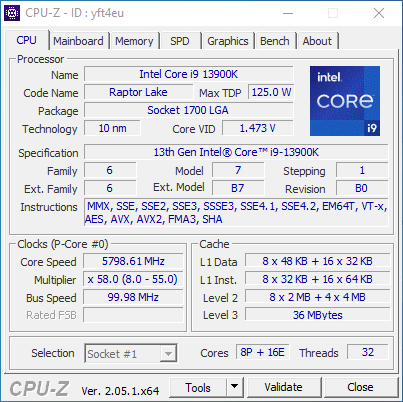

TESTING METHODOLOGY
Not long after I first started testing SSDs back in 2008, I concluded that it's almost impossible for any single benchmark suite to accurately measure their performance and that's why in certain benchmark suites we see amazing read/write performance numbers with some drives while in other things are quite different. The reason behind this is that some benchmarking suites are configured to read and write random chunks of data while others read and write constant (sequential) ones. So that's why i always use a very wide selection of benchmarking suites including AIDA64, HD Tach RW, HD Tune Pro, Crystal Disk Mark, Sisoftware Sandra Pro, AS SSD, IOmeter and ATTO. To get the most accurate results each test gets repeated a total of 6 times with the average performance numbers recorded into the charts. Also, as of February 25th, 2015, our results will also include the Storage Networking Industry Association’s (SNIA) IOMeter tests. These tests include a 12 Hour write test used to “simulate” performance degradation over time and a mixed workload test which basically shows what you can expect when using an SSD continuously for roughly two hours. Unfortunately, due to the time required for these tests they get repeated a total of 3 times and not 6 as the above.
Many people have made inquiries about our charts in the past so once again please do keep in mind that the Charts have the average performance numbers of each drive recorded and not the peak (highest) ones. Also, although every single one of these programs can help potential buyers choose the right drive for their needs you should also remember that from any kind of benchmark up to real world usage the gap is not small (and usually most differences will go unnoticed by most people). All tests were performed in a fresh Windows 10 Pro x64 installation complete with every update up to the date of this review.
* As of January 2025, Gen4 SSDs will be tested on the 13900K/Z790 system while Gen5 SSDs will be tested on the 285K/Z890 system.
TEST RESULTS - AIDA64 / ATTO

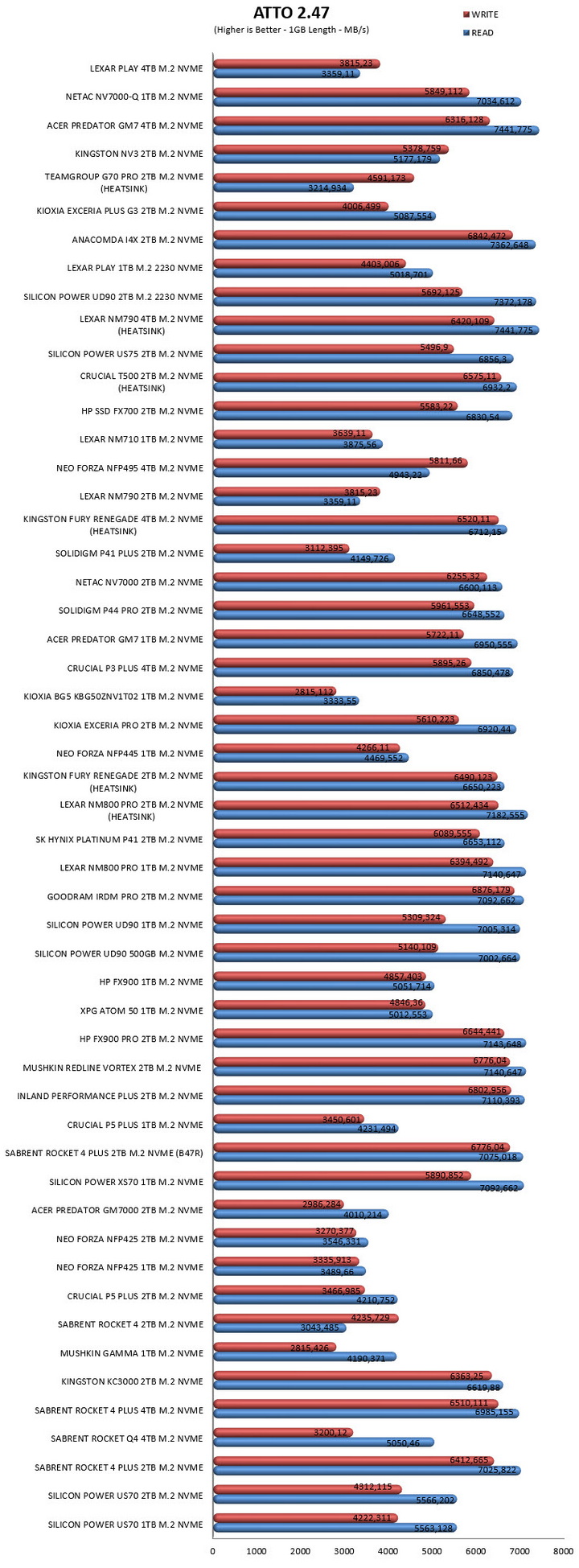
TEST RESULTS - HD TACH RW / HD TUNE PRO


TEST RESULTS - SISOFTWARE SANDRA PRO / CRYSTAL DISK MARK
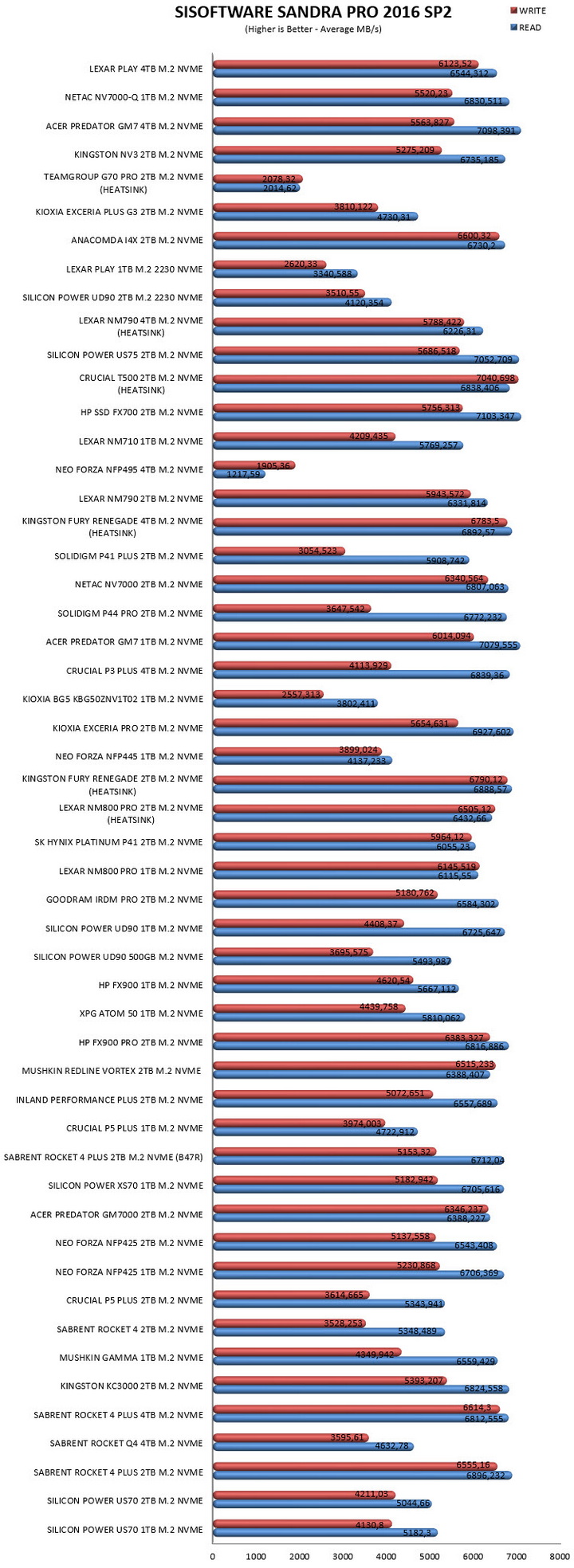

TEST RESULTS - AS SSD / IOMETER

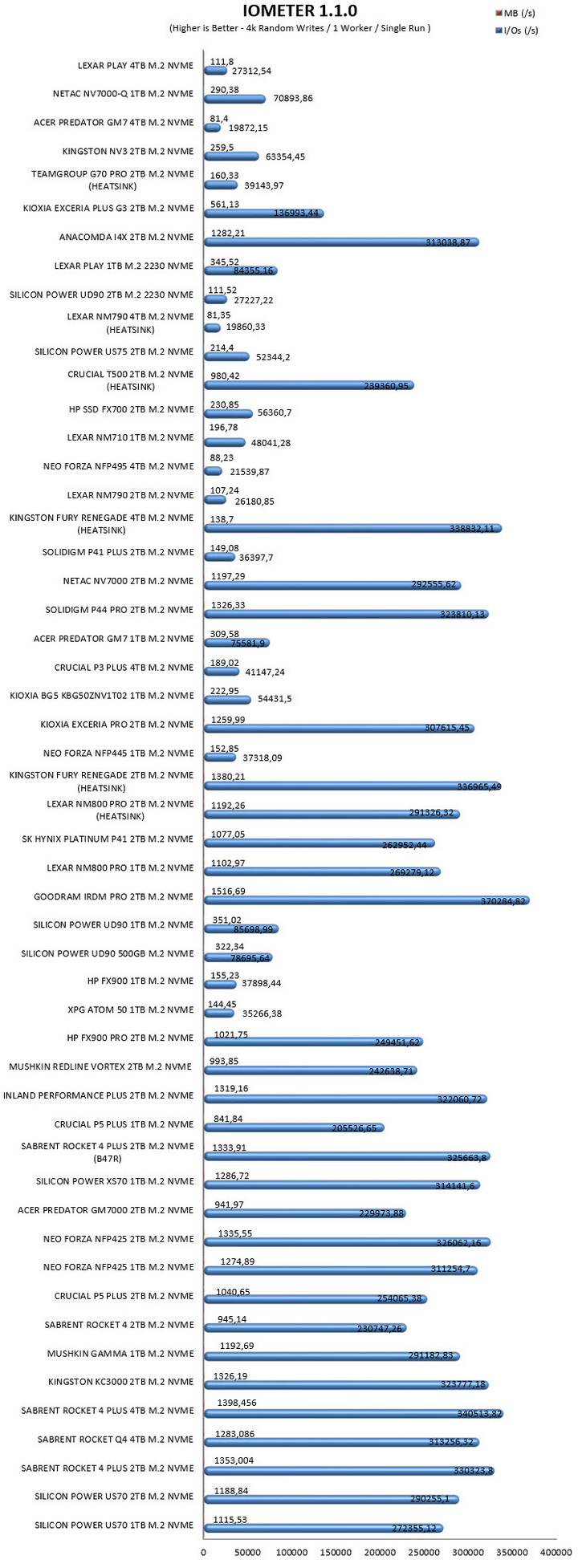
TEST RESULTS - IOMETER SNIA
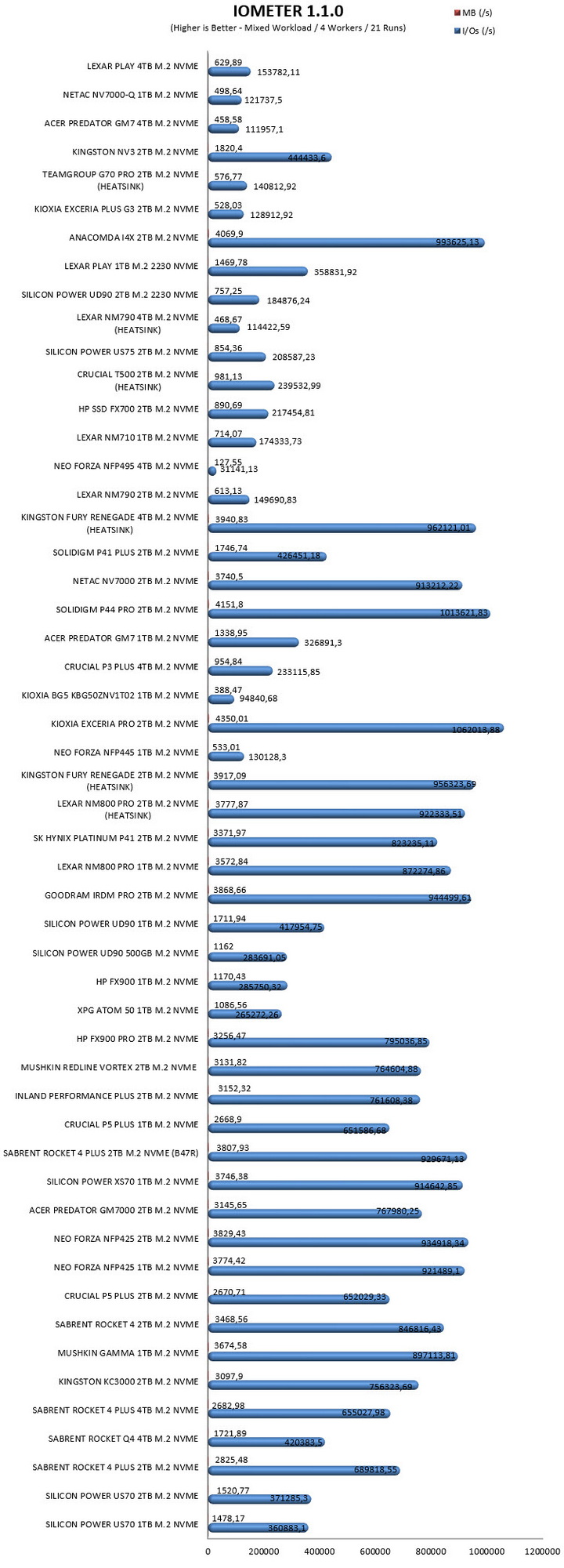
CONCLUSION
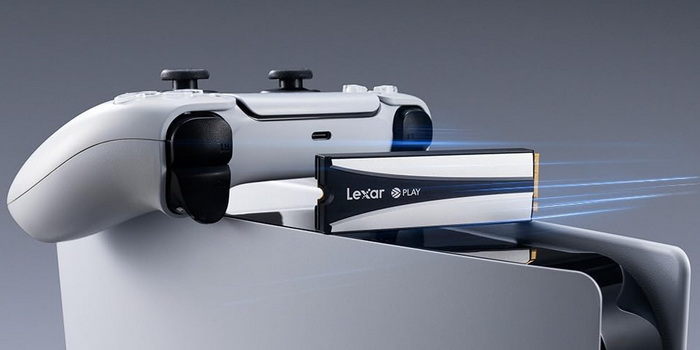
The Play 2280 line of Gen4 SSDs is basically identical to the NM790 line again by Lexar so if you thought their performance is very similar, you’re correct. The main difference these lines have is the addition of the 10mm thick heatspreader which also helps reduce thermal throttling almost entirely so that’s very good news for demanding users. That being said just like the NM790 line the Play 2280 line is not the fastest around and well, even though that would be fine, and all both lines are fast enough already. Now since I am not particularly fond of consoles (if we exclude some early Atari models back in the late 80’s I never was) I don’t own an PS5 so I was unable to see if the Play 2280 does fit in there but that too is a good feature for this drive (I have seen colleagues install it in PS5s). The latest DiskMaster software by Lexar is a step up from their previous one so no complaints from me here. Finally having the option of 8TB is something I hope more manufacturers will follow through as well.
With a current retail price tag set at USD279.99 inside the USA (Amazon.com) and for 395.96Euros inside the EU (Amazon.de) the Play 2280 4TB Gen4 SSD by Lexar is priced well, on the other side of the Atlantic that is. Leaving out price there’s not much I can say about the Play 2280 4TB, it’s very fast (for a DRAM-less drive), durability is set at high levels, it’s also available at 8TB and is covered by a 5-year limited warranty so the Golden Award is in order.
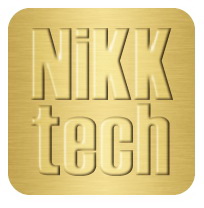
PROS
- Very Good Overall Performance (For a DRAM Less Drive)
- 10mm Thick Heatspreader (PS5 Compatible)
- Up To 8TB Capacity
- Durability (3200 TBW)
- DiskMaster Software
- 5 Year Limited Warranty
- Price (USA)
CONS
- Price (EU)

 O-Sense
O-Sense





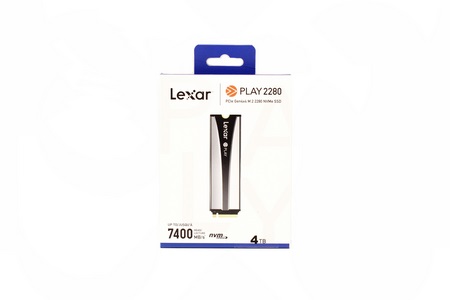
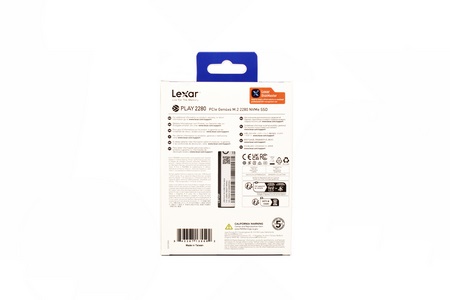
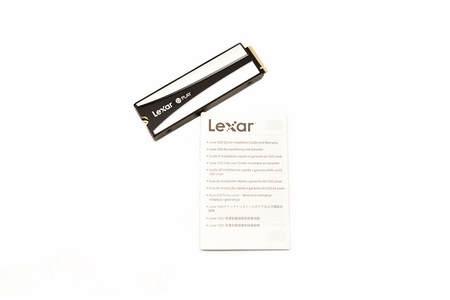
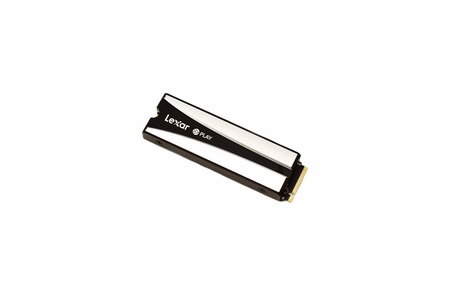
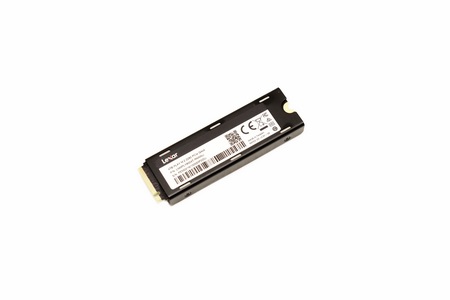
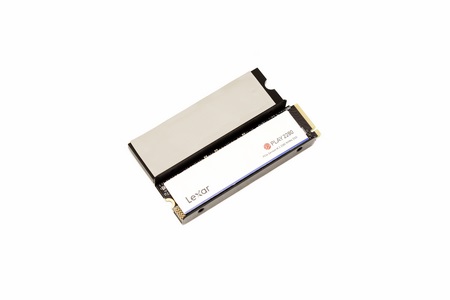
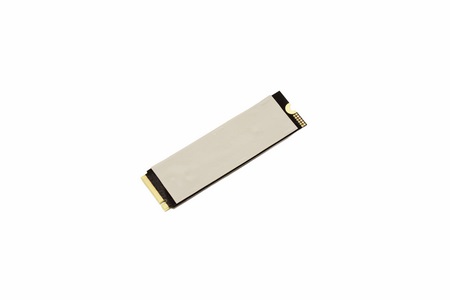
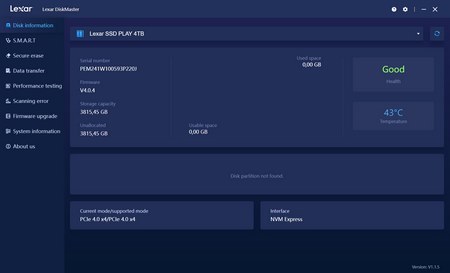
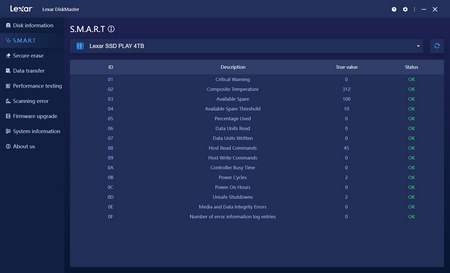
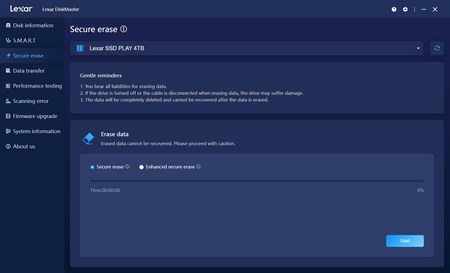
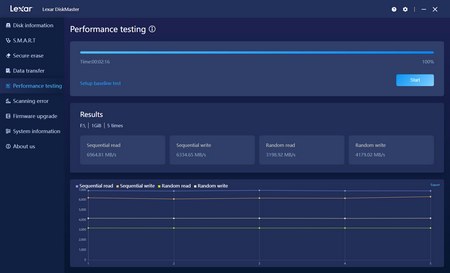
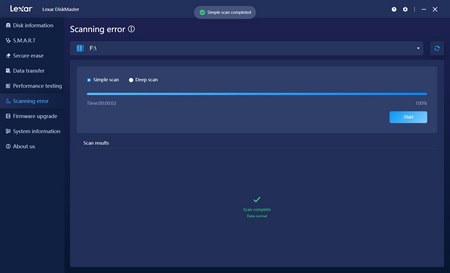
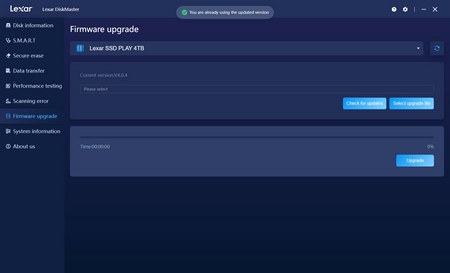
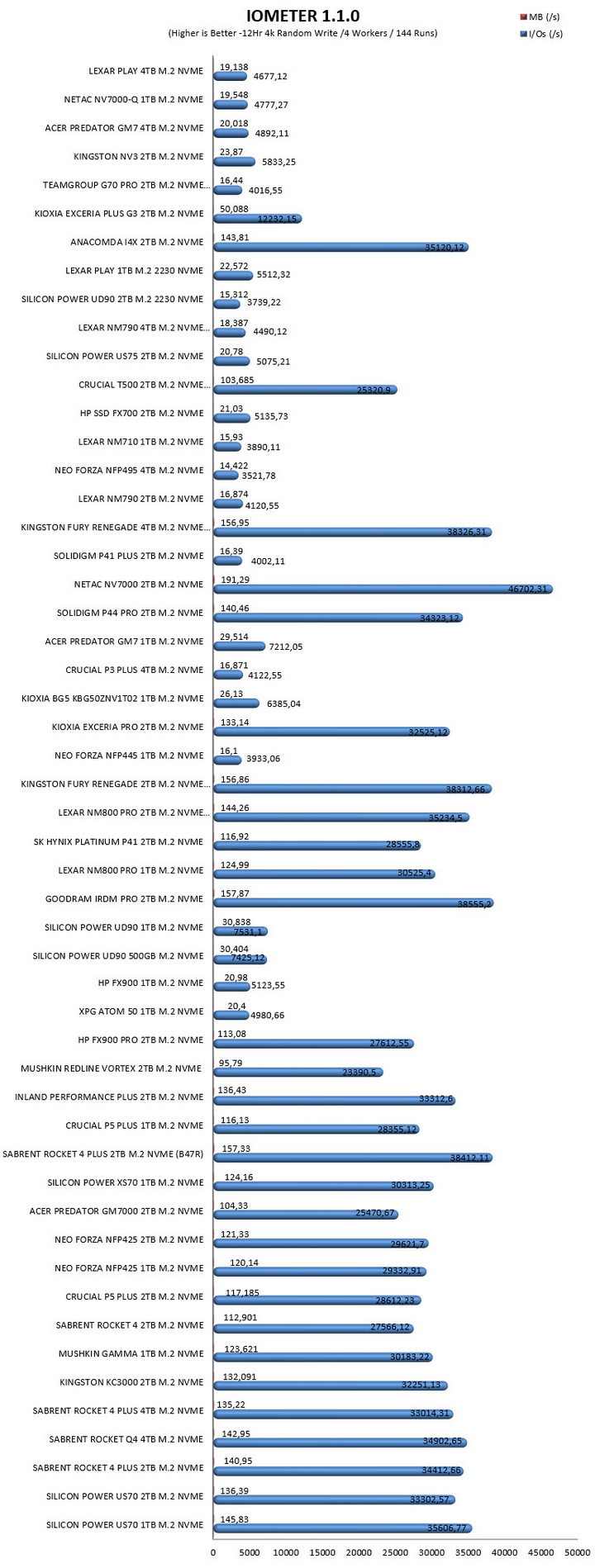
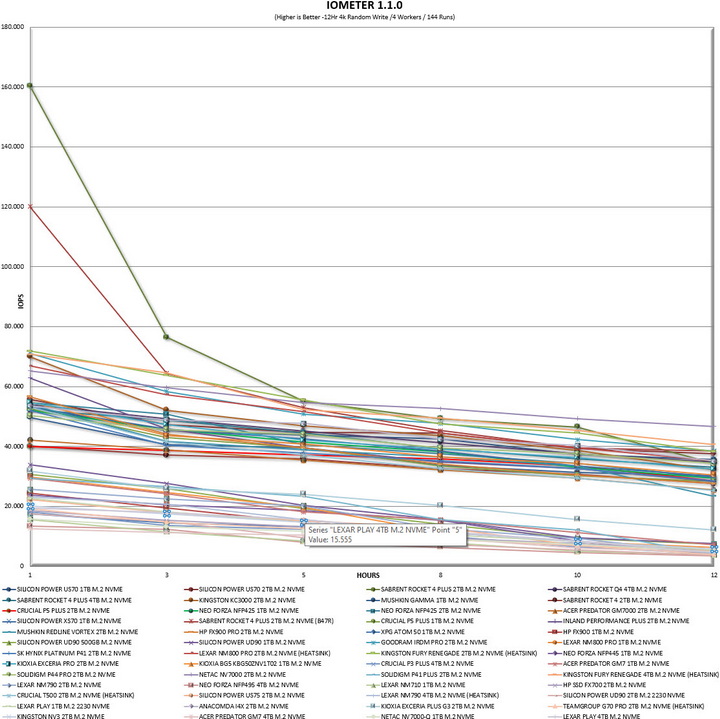


.png)

